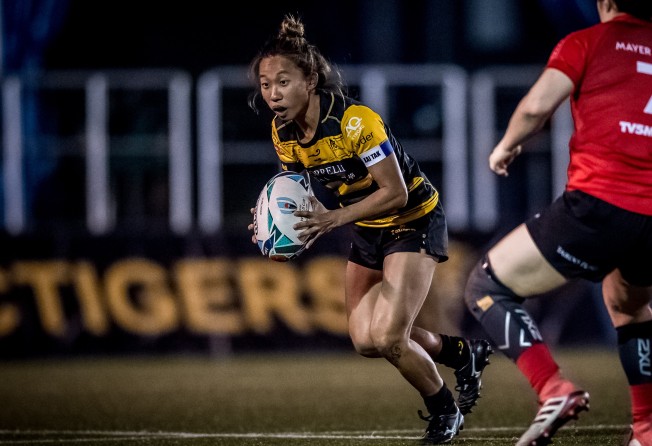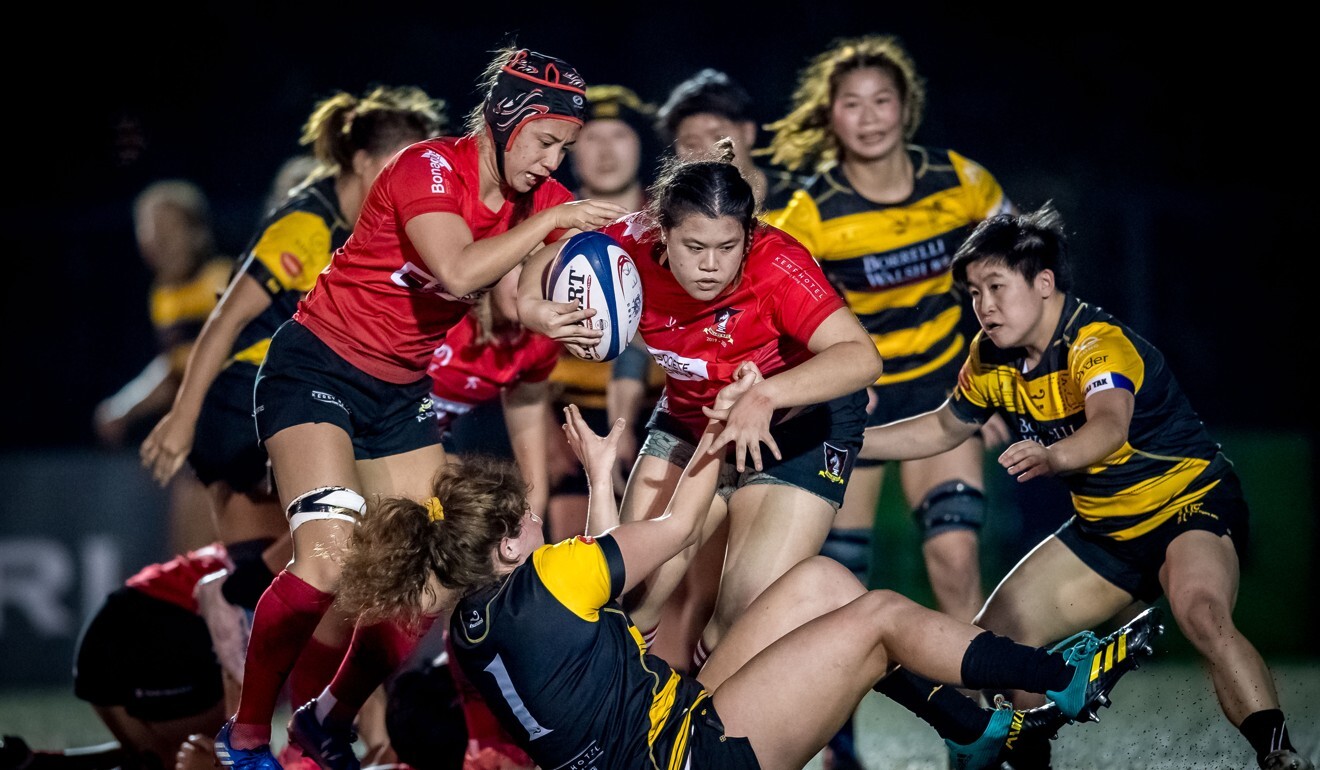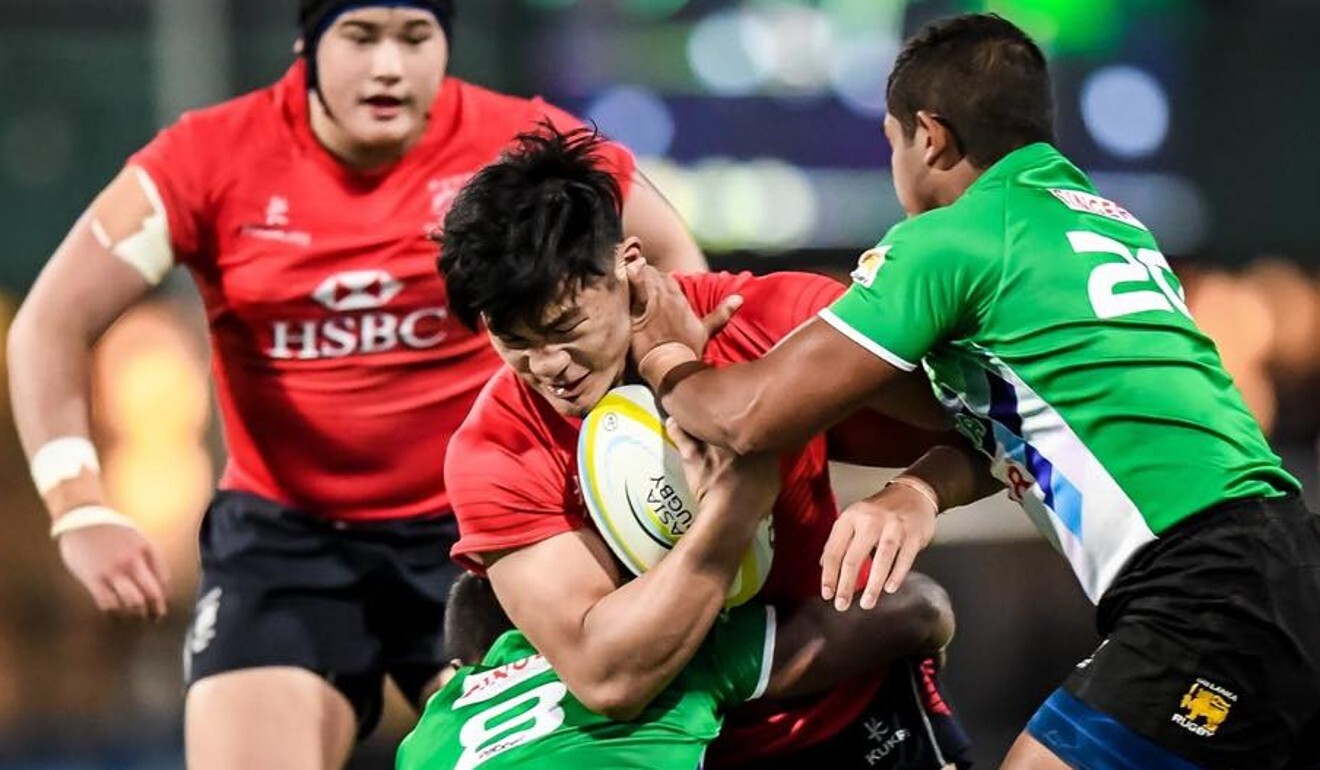
Hong Kong Rugby Union survey reveals promising ethnic-Chinese numbers but shows need to expand women’s game
- Survey of over 12,500 community members reveals average player is male, Chinese and lives in the New Territories
- Women’s players only make up 28 per cent of overall participation, a fraction of the 45 per cent turnout at senior level

More than half of Hong Kong’s rugby players are Chinese but there is still much work to do in the women’s game, which constitutes just 28 per cent of players, says the Hong Kong Rugby Union.
Findings from its “Rugby Participation in Hong Kong” survey – conducted primarily by partners KPMG on 12,514 members of the rugby community – concluded that 54 per cent of its playing population is Chinese and the average player lives in the New Territories and plays for “health, fitness and friendship”.
The findings signal a real cornerstone moment as HKRU chairman Patrick Donovan’s push for “data-driven” strategies have allowed its most comprehensive survey in its 68-year history.
It must be noted that while there is a mutual decline in rugby participation in the world this year, and some of the surveys were conducted during the Covid-19 pandemic, Hong Kong organisers are nonetheless keen to return to their respective rugby communities having identified key areas of improvement in “player engagement and retention”.

HKRU chairman Robbie McRobbie and general manager of rugby performance Leigh Jones agreed that Hong Kong has been “punching above its weight” in comparison to other rugby nations, of which the rate of player production is often much higher.
The HKRU cited 11,026 rugby members in its mini, youth, school, tertiary and senior set-ups, with encouraging entry-level participation of more than 6,000 children.

The most notable area for improvement for Hong Kong rugby is in the women’s game. While it is already considered one of the fastest-growing factions in the domestic scene, 28 per cent overall participation is significantly lower than the 45 per cent of women players making up the senior game – and 53 per cent of the population of Hong Kong. The number is below 25 per cent at youth level.
HKRU director of women’s rugby Kim Kan said that while there is a void to be filled, the demographic is “primed to grow quickly” after the women’s national 15s became the first Hong Kong team to play in a Rugby World Cup in 2017.
That women’s participation rose to 34 per cent at “tertiary level” means the potential to recruit more is very promising. Additionally, an overwhelming factor in most new players’ decision to pursue the sport is “to try a new challenge”.

The findings also confirmed another leaky drainpipe that the HKRU has been trying to mend for years: high drop-out rates across the board. The survey concluded that 45 per cent of players drop out at U-8s level, with another 61 per cent, who continue to U-12s, stopping before youth or school rugby.
Fast-forward to U-19s – a key breeding ground for the senior team – and 60 per cent opt not to continue. The reasons were, while unsurprising, narrowed down to “school and work commitments” for mini and tertiary level; “pursuing overseas educational opportunities” at youth level; and “injury concerns” and “family and work commitments” at senior level.
While there have been success stories with local players making the leap from youth to seniors, former senior team head coach Jones reiterated the need to “manage transitions effectively”. He recommended connecting minis with no direct youth route to other youth teams.

Jones also explained that World Rugby’s lengthened five-year senior national team eligibility rule means focus should turn to preparing local players.
McRobbie concurred, saying the average starting age of 21-30 was “not ideal” and required lowering to reap real benefits for the next generations of seniors.